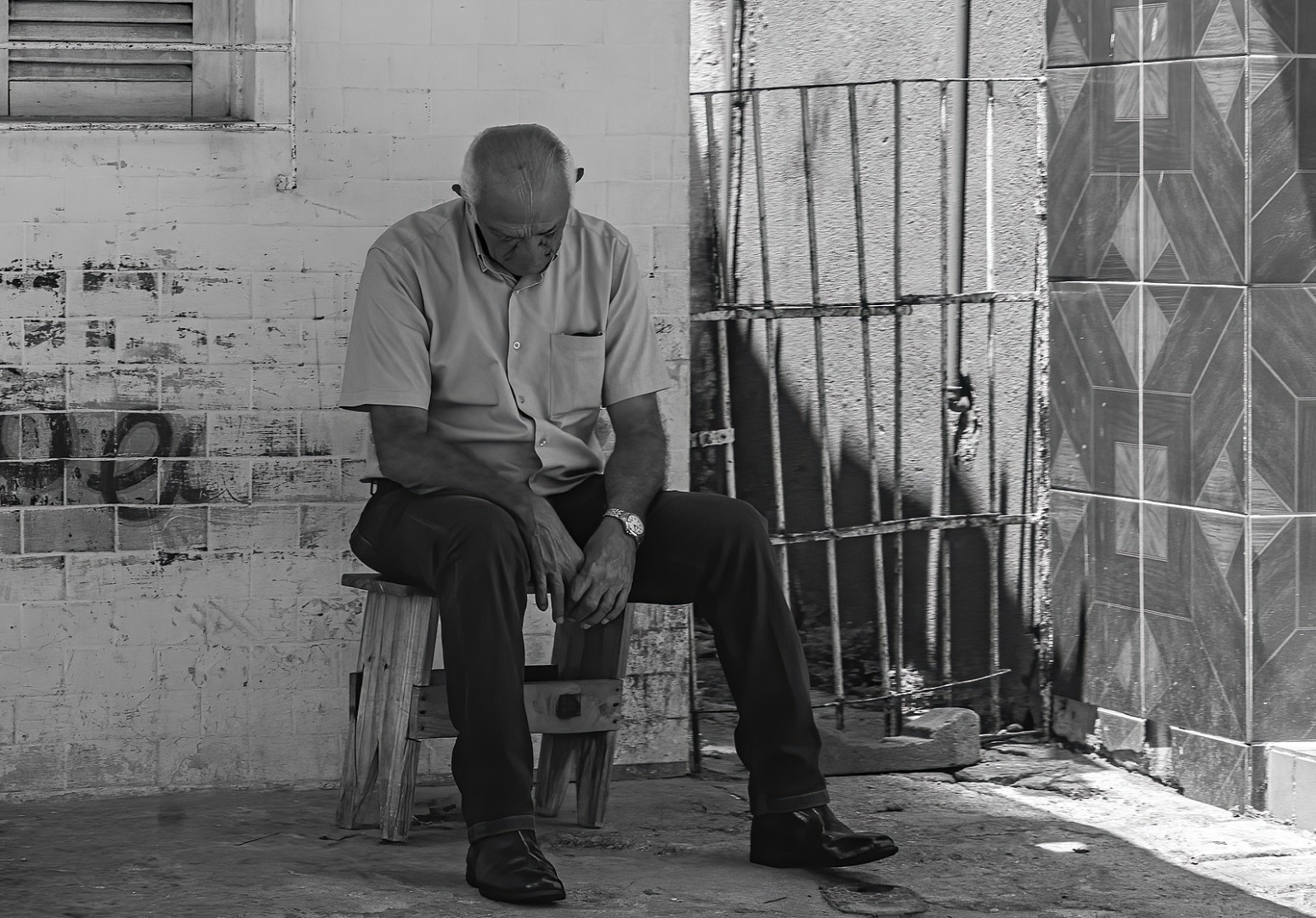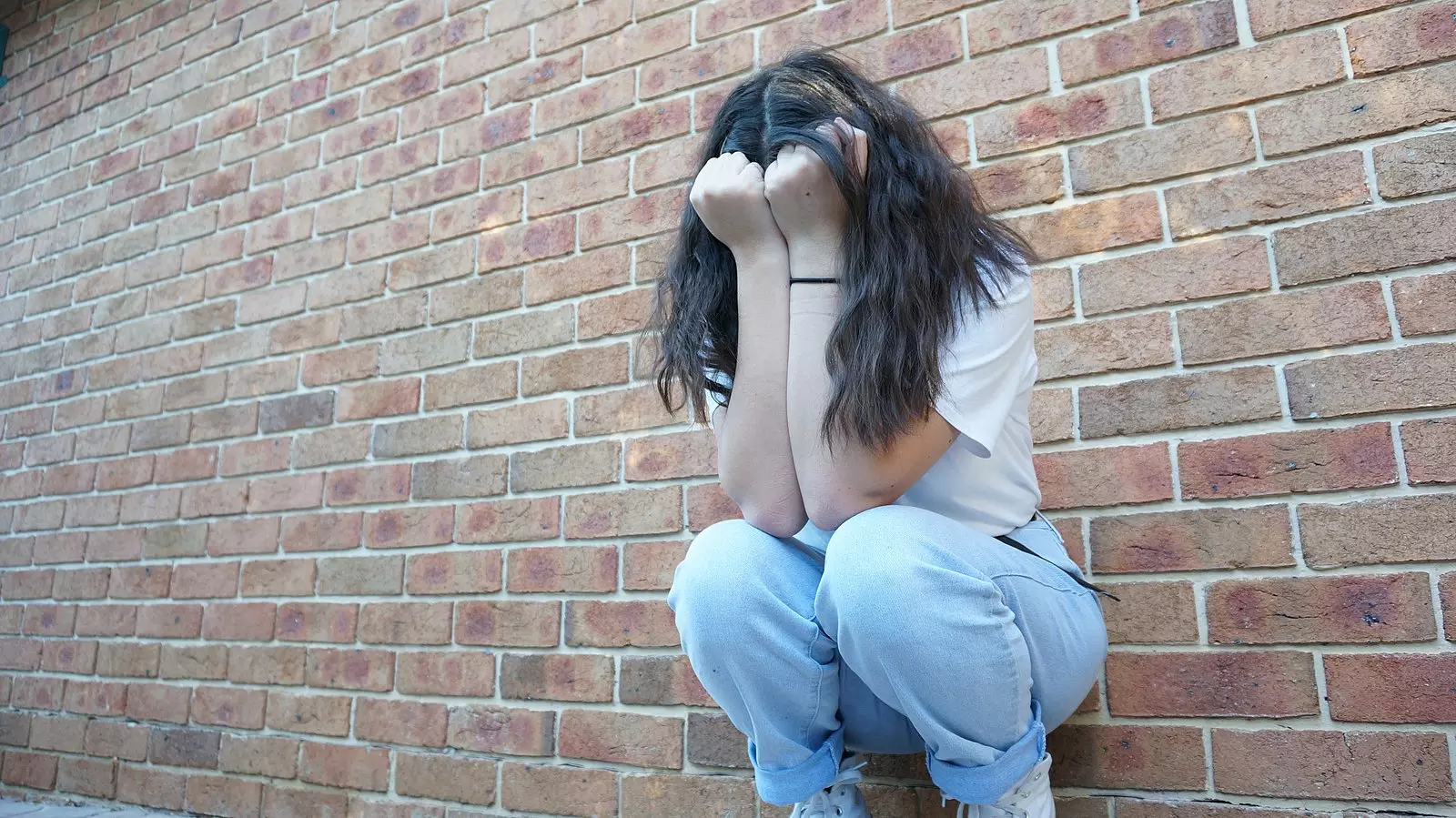Comments
- No comments found

What causes major depressive disorder and what are its symptoms?
Cleveland Clinic stated: “Feeling very sad, hopeless or worried, not enjoying things that used to give you joy, being easily irritated or frustrated, eating too much or too little, changes in how much you sleep, having a difficult time concentrating or remembering things, experiencing physical problems like headache, stomachache or sexual dysfunction, thinking about hurting or killing yourself.”
NIMH stated: “Persistent sad, anxious, or “empty” mood, feelings of hopelessness, or pessimism, feelings of irritability, frustration, or restlessness, feelings of guilt, worthlessness, or helplessness, loss of interest or pleasure in hobbies and activities, decreased energy, fatigue, or feeling “slowed down”, difficulty concentrating, remembering, or making decisions, difficulty sleeping, early morning awakening, or oversleeping, changes in appetite or unplanned weight changes, thoughts of death or suicide, or suicide attempts, aches or pains, headaches, cramps, or digestive problems without a clear physical cause that do not ease even with treatment.
NHS stated: continuous low mood or sadness, feeling hopeless and helpless, having low self-esteem, feeling tearful, feeling guilt-ridden, feeling irritable and intolerant of others, having no motivation or interest in things, finding it difficult to make decisions, not getting any enjoyment out of life, feeling anxious or worried, having suicidal thoughts or thoughts of harming yourself.
Mayo Clinic stated: Feelings of sadness, tearfulness, emptiness or hopelessness, angry outbursts, irritability or frustration, even over small matters, loss of interest or pleasure in most or all normal activities, such as sex, hobbies or sports, sleep disturbances, including insomnia or sleeping too much, tiredness and lack of energy, so even small tasks take extra effort, reduced appetite and weight loss or increased cravings for food and weight gain, anxiety, agitation or restlessness, slowed thinking, speaking or body movements, feelings of worthlessness or guilt, fixating on past failures or self-blame, trouble thinking, concentrating, making decisions and remembering things, frequent or recurrent thoughts of death, suicidal thoughts, suicide attempts or suicide, unexplained physical problems, such as back pain or headaches.

Depression is a lot of things.
The brain knows a lot of things — or everything in the experience of an individual.
The part of the brain that knows — is memory.
Memory, as locations, is the second part of the mind. The first part is thought, as transport.
Depression can be theorized to be a memory disease — in the ways that stores and groups transport differently across their locations.
Feeling hopeless, empty, tearful, or to feel-like anything is a group in the memory, where feelings have been picked up to, which is then given when a store goes there.
Modeling depression for memory could become a new way to understand how to approach care, as the chemical imbalance or low serotonin—that has dominated molecular brain science—was recently debunked by a study.
How does the memory work that makes it possible to feel different stuff as above, in a condition?
What makes certain therapy work, such that when they become input to the memory, they compete with whatever is responsible for depression, and provide relief?
What is the content of stores in the memory?
Theoretically, thought or its form emerges in the thalamus — for all senses except smell — at the olfactory bulb.
It is thought that gets relayed to the cortex for interpretation [knowing, feeling and reaction].
Knowing is the memory — where stores are capsules thought in the smallest of units, transporting to groups bearing similarities.
It is where thoughts go or don’t in the memory that determines what to remember, forget, recall, feel-like [happy, sad, empty, angry] and so on. It is after groups that the store goes to the destination for actual feeling, before reaction.
While in the memory, depending on what group a store goes to, or what group is at the one principal spot for groups, it could result in lethargy, loss of interest, because that group in the principal spot draws a lot of attention, leaving [less than the] little for passive transport of other stores to other groups.
What is the memory function of all the therapies against depression?
What is the memory function of all the symptoms of depression?
What is different about the memory in a depression?
Displaying this, along with the postulation of sensory to thought integration model of the brain would be useful to know memory order and disorder responsibility for depression.
Leave your comments
Post comment as a guest